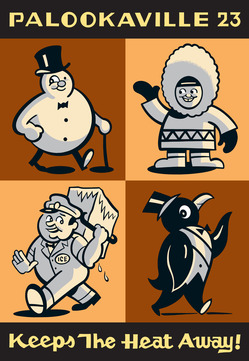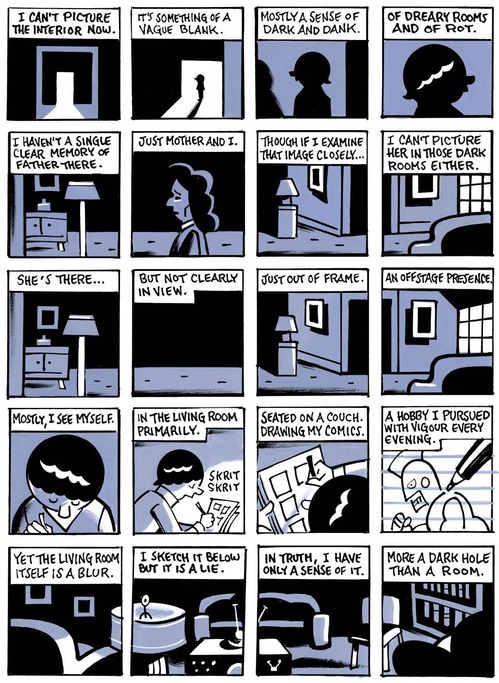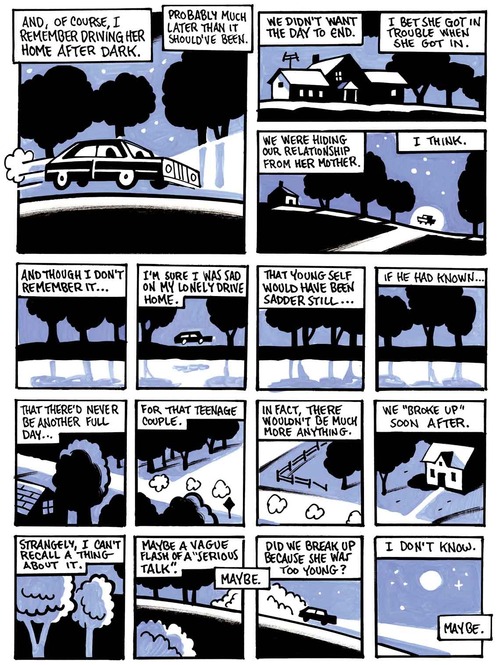Palookaville 23 Captures the Ornate, Brilliant Essence of Seth
Art by Seth
Palookaville 23
Writer/Artist: Seth
Publisher: Drawn & Quarterly
Release Date: August 9, 2017
Whatever you have to say about eccentric cartoonist Seth, you can’t accuse him of failing to make his readers think. The 23rd volume of his Palookaville series contains, as in previous iterations, three stories: the conclusion of Clyde Fans (which he began serializing in 1998), chapter three of Nothing Lasts (a memoir) and a selection of paintings and drawings of buildings.
As we age, our personalities distill themselves into a purer and purer essence of who we are: talkative, easily irked, confrontational, etc. You could graph it as a bell curve, where we start off as unfiltered children, then sand down our rough edges as we become socialized, then devolve back into unmediated honesty from middle age on. Palookaville is an illustration of that progression, whether intentional or not.
This volume is also an undeniable pleasure to read, although not because of its words. When I say “read,” I mean “read the pictures, read the panels, think about how they fit together even as your eyes keep moving from panel to panel and page to page.” Seth accomplishes this through mixing two different types of panel structures. As usual, the panels are square, arranged 16 to a page for the most part.
-

-

-

-

-

-

-

-

-

-

-

-

-

-

-

-

-

-

-

-

-

-

-

-

-

-

-

-

-

-

-

-

-

-

-

-

-

-

-

-











































